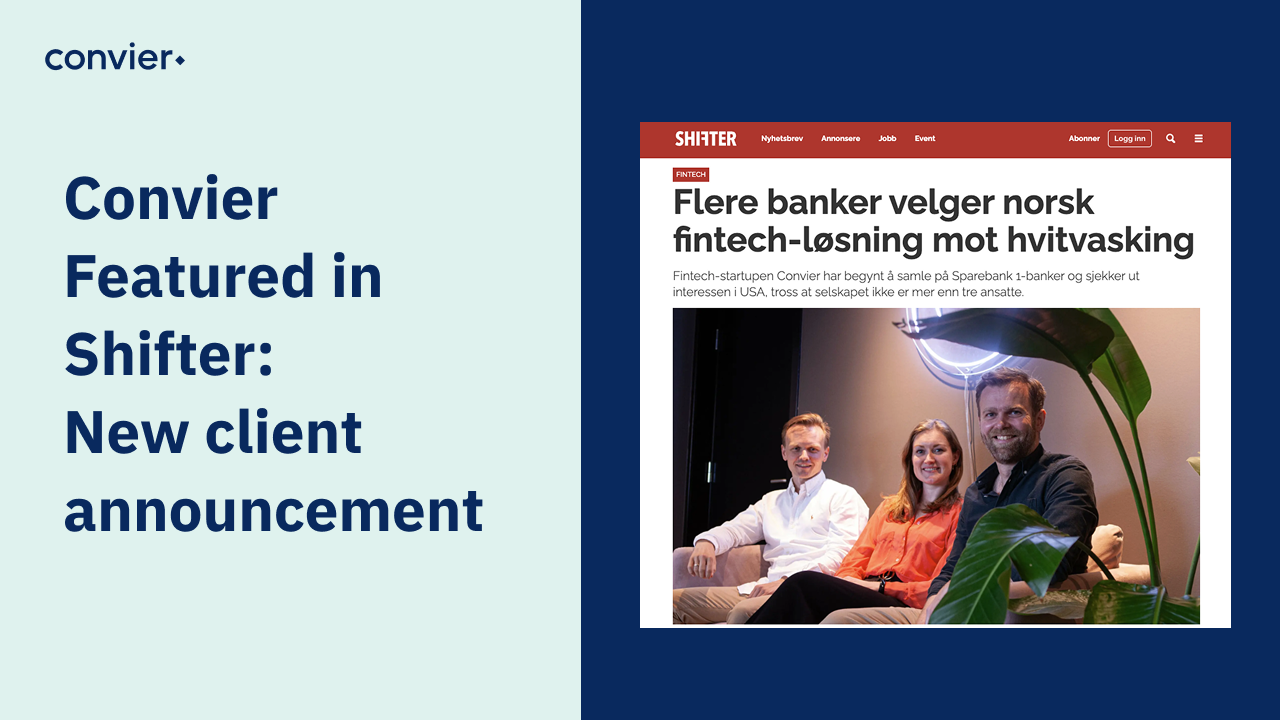Bridging the Knowledge Gap: How Banks Can Improve Compliance with Knowledge Graphs
Banks possess a wealth of customer information, but often, this treasure trove remains underutilized, leading to discrepancies between reality and what audit reports reveal. Consider the scenario of Karen and Dale to understand why this happens and how it can be addressed.
The Knowledge Disconnect: A Case Study
Karen, a seasoned customer advisor, has been managing the account for NoRisky Inc for over a decade. She’s accumulated a vast amount of knowledge about the company, including detailed meeting minutes, emails, and notes on recent acquisitions. However, this valuable information is scattered across various spreadsheets, a document archive, and her email inbox.
Dale, a new hire in the Transaction Monitoring (TM) department, is assigned to review some of NoRisky Inc’s transactions. Instead of accessing the comprehensive data Karen has gathered, Dale starts with a Google search. Why? Because Karen's knowledge isn't integrated into a single, searchable system.
With NoRisky Inc having a minimal online presence and limited information about its counterparts, Dale ends up filing a suspicious activity report. This isn’t due to any inherent risk in NoRisky Inc, but rather because Dale can’t find the information he needs to justify the large transactions to Australia.
This situation is all too common in banks. The systems are designed to handle transactions and credit sales efficiently, not to support AML processes. Consequently, critical customer insights get lost in a maze of spreadsheets and inboxes.
The Knowledge Graph Solution
At Convier, we address this issue with knowledge graphs. Here’s how they transform fragmented customer information into a powerful compliance tool:
- Integration of Fragmented Data: Knowledge graphs connect disparate pieces of information—meeting notes, emails, transaction histories—into a cohesive, searchable network. By linking these data points, we create a comprehensive view of the customer’s profile.
- Enhanced Contextual Understanding: With all relevant information accessible in one place, analysts like Dale can gain a deeper understanding of the context behind flagged transactions. This enables them to make informed decisions based on the complete picture of the customer’s activities.
- Improved Decision-Making: Instead of filing reports based on incomplete information, analysts can now access the insights Karen has accumulated over the years. This reduces unnecessary suspicious activity reports and focuses attention on genuinely risky cases.
- Efficient Risk Documentation: By integrating knowledge into a unified system, Convier’s approach helps document exactly what the risk level is. In many cases, it reveals that the risk is low, allowing institutions to focus resources on higher-risk areas.
The Benefits of Knowledge Graphs
Implementing knowledge graphs offers several benefits for financial institutions:
- Centralized Information: Consolidates all relevant data into a single, searchable platform, reducing the time spent searching through various sources.
- Holistic Risk Assessment: Provides a complete view of customer activities and history, leading to more accurate risk assessments.
- Enhanced Efficiency: Reduces the likelihood of unnecessary reports and allows compliance teams to prioritize truly risky cases.
- Better Compliance: Ensures that all customer information is considered, improving the quality of compliance reporting and decision-making.
Conclusion: Making the Most of Your Data
The challenge banks face is not just about having customer information, but about how effectively it is utilized. By bridging the gap between fragmented knowledge and actionable insights with knowledge graphs, Convier enables financial institutions to transform their compliance processes.
The result? A more efficient, accurate, and focused approach to transaction monitoring and AML. With all necessary information readily accessible and contextually integrated, analysts can make informed decisions, reduce unnecessary reports, and dedicate more time to addressing genuine risks.
Get this right, and you’ll leverage your existing data to its full potential, enhancing both compliance and operational efficiency.




